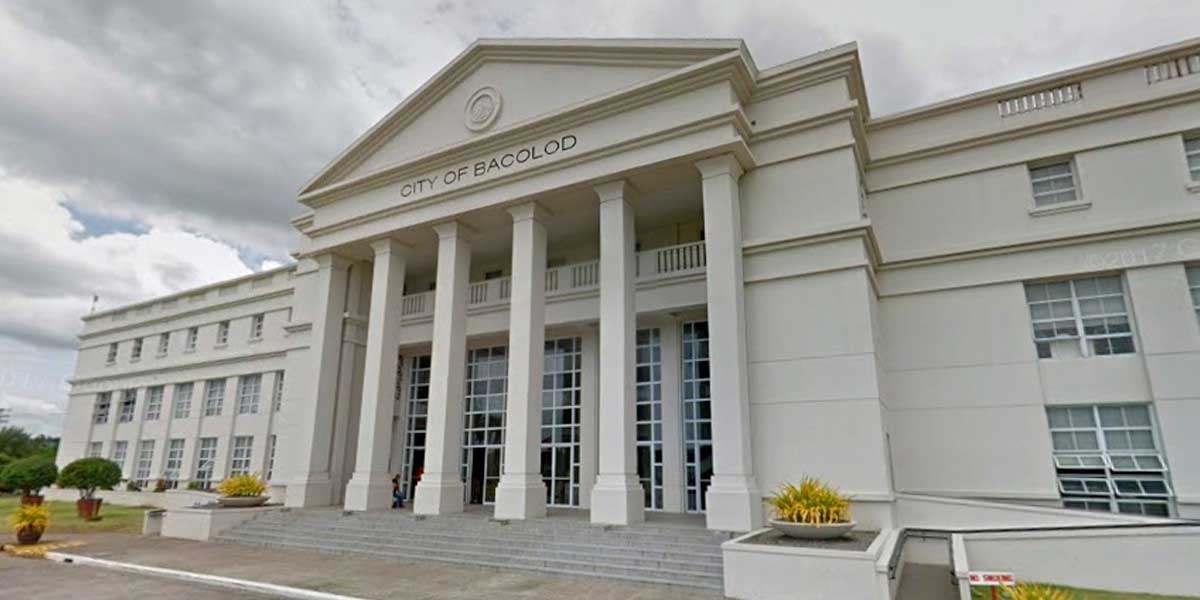
By John Noel E. Herrera
Almost all of the 43 local government units (LGUs) in Iloilo province lack sanitary landfills.
The Iloilo Provincial Government Environment and Natural Resources Office (PGENRO) said 41 towns rely on the P408-million Integrated Waste Management Facility in Passi City for the disposal of their respective wastes.
PGENRO said establishing a sanitary landfill is not easy as it needs substantial funds.
The establishment of sanitary landfills is mandated by the Republic Act 9003 or the Ecological Solid Waste Management Act of 2000.
Passi City in the 4th district and Lambunao in the 3rd district are the only LGUs in Iloilo province that were able to construct their own sanitary landfills.
PGENRO also cited some reasons why majority of the LGUs still do not have their own sanitary landfills:
-Non-availability of lot or land for the facility
-Lack of funds and manpower
-Insufficient equipment
-Absence of a permanent environment officer mainly tasked with addressing environmental issues due to improper waste management
PGPENRO senior environmental management specialist Mitzi Penaflorida also said most LGUs opt to dispose of their residual wastes at the Passi City sanitary landfill and pay a P700 per ton tipping fee because it is labor-intensive to build their own sanitary landfill apart from the number of workers required to operate the landfill.
Passi City and 37 municipalities signed a memorandum of agreement (MOA) stating that they can dump their residual wastes in the component city’s landfill that has a carrying capacity of 200 to 375 tons per day.
These towns include San Joaquin, Tigbauan, Oton, Igbaras, Tubungan, Sta. Barbara, Zarraga, New Lucena, San Miguel, Leon, Pavia, Leganes, Alimodian, Badiangan, Bingawan, Cabatuan, Calinog, Janiuay, Mina, Pototan, Anilao, Dingle, Banate, Dumangas, Barotac Nuevo, Duenas, San Enrique, San Dionisio, San Rafael, Concepcion, Carles, Barotac Viejo, Batad, Sara, Lemery, Balasan, and Ajuy.
These LGUs only dispose of residual wastes as each town has its own material recovery facility (MRF) where compostable and recyclable materials are segregated.
Meanwhile, the five other towns that did not sign the MOA were Lambunao, Guimbal, Miag-ao, Estancia, and Maasin.
Lambunao has its own sanitary landfill, while Miag-ao is currently constructing its own sanitary landfill, and the three LGUs are in the planning stage of their landfills.
The four towns also have their own residual containment areas (RCAs) for the temporary disposal of waste.
“It is allowed (clustering and dumping of wastes in other sanitary landfill) as long as it is supported by MOA and as long as it is within the carrying capacity of the landfill,” Penaflorida added.
The Iloilo Provincial Government is also extending financial and technical support to LGUs and letting them borrow the necessary equipment needed for the construction of their own landfill.
In a press conference on Sept 23, 2022, Governor Arthur Defensor Jr. said the provincial government initially planned of establishing a sanitary landfill in every congressional district but “there were no takers for that.”
“Pila ka banwa sina ang nagtrabaho nga hindi nila mapatuman because of opposition. Ang mga tao hindi sila gusto that the solid wastes from other municipalities will be brought to there municipalities. We assist our municipalities in the development, except that it is expensive. Hindi na siya readily available sa aton mga kabanwahanan,” Defensor added.





















